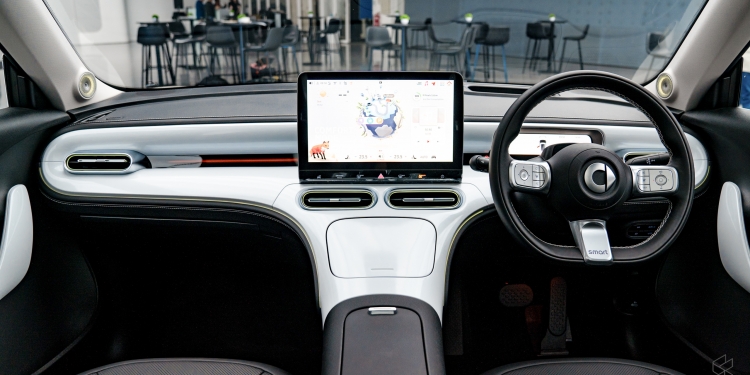A few weeks after the Smart #1 made its public debut at EVx, Smart has finally allowed us to reveal the interior of the Malaysian-spec right-hand-drive model. The electric SUV, shown here in Premium trim, will be offered with plenty of kit when it is launched sometime in the fourth quarter of the year, possibly in November.
Like the exterior, the interior is designed by Mercedes-Benz (new part-owner Geely handles the engineering of the car) and bears some striking resemblance to recent Three-pointed Star cars. The curvaceous Y-shaped dashboard and slim pill-shaped air-con vents are elements we’ve seen elsewhere in the Mercedes lineup, and you get just as much soft-touch materials and metallic trim.
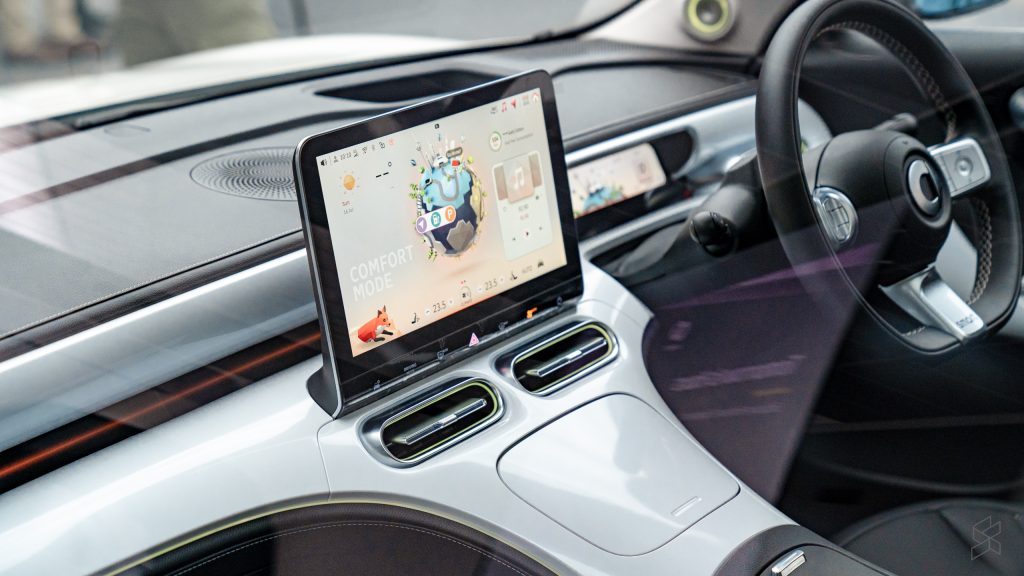
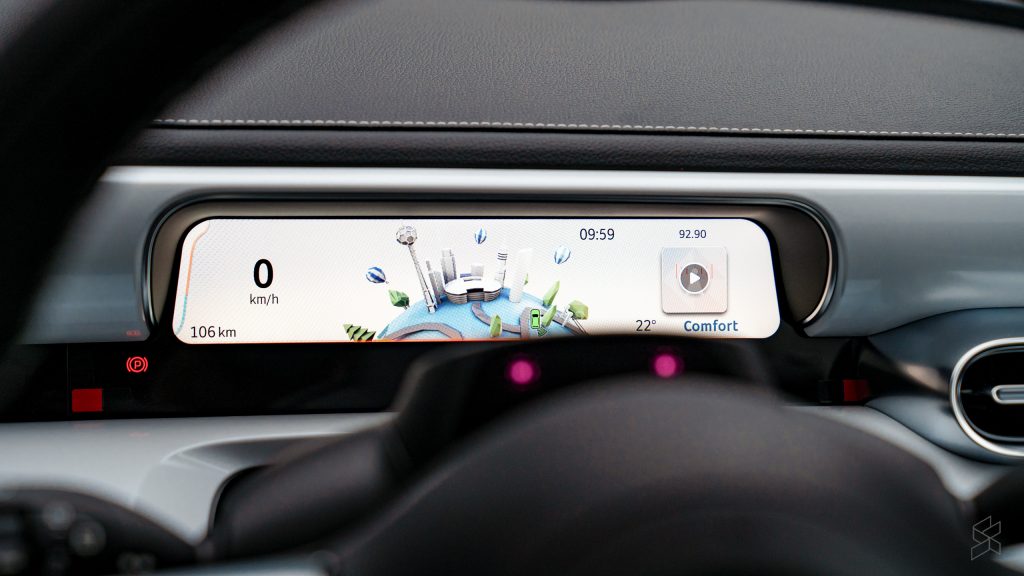
Dominating proceedings is a massive 12.8-inch display, running on new infotainment system software developed with Geely subsidiary ECARX. The interface features a globe that houses shortcuts for the navigation system, along with a fox on the bottom left. Tapping on the fox turns on the voice assistant, which can also be activated by saying “Hey Smart”; this allows you to perform various functions, such as adjusting the air-con or opening the windows. It also uses the Mercedes voice, drawing another link to proper Mercedes models.
Proton New Energy Technologies (Pro-Net), the distributor of Smart vehicles in Malaysia, has put in a lot of time and effort to localise the infotainment system. This includes the addition of Malaysian charging stations in the navigation system, as well as the setting up of local servers for the car’s remote functions, which can be accessed through a smartphone app. And yes, unlike Proton’s cars, the #1 will come with wireless Apple CarPlay and Android Auto as standard.
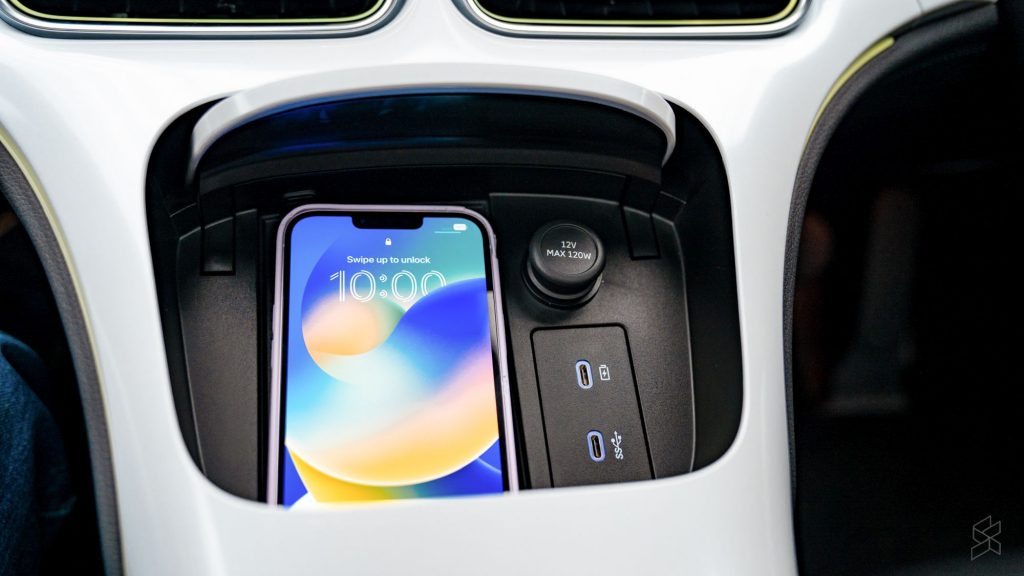
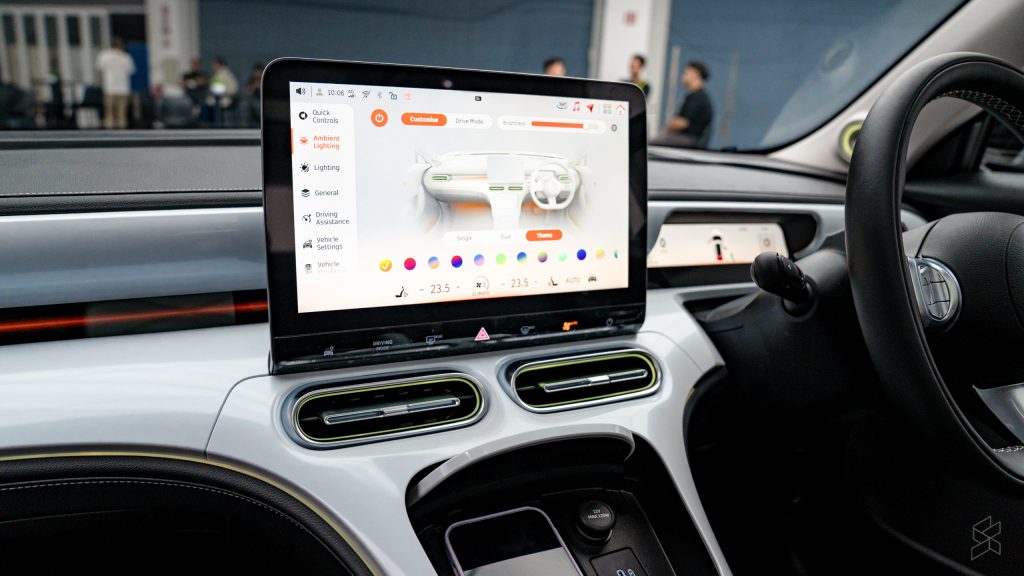
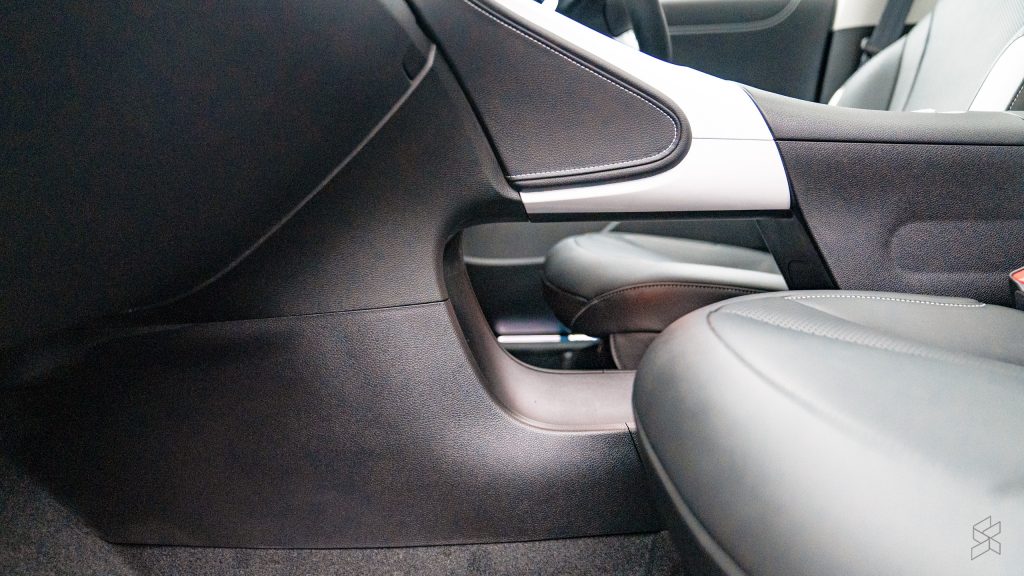
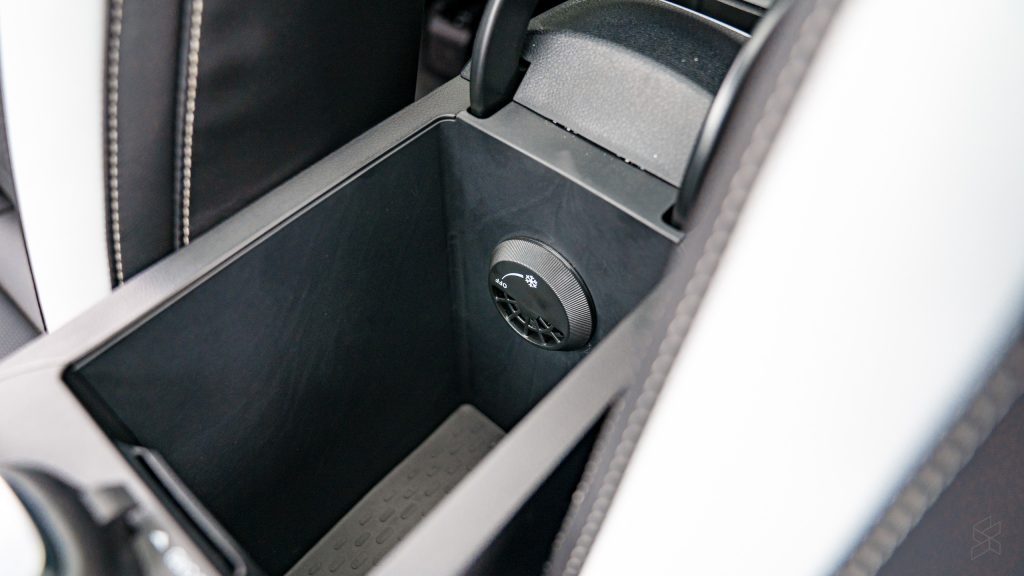
The 12.8-inch display is supplemented by a slim 9.2-inch instrument readout and a large ten-inch head-up display. The Mercedes connection extends to the stalks—the left stalk operates the indicators and wipers, while a gear selector sits on the right. The only difference is that there are no discrete controls for the side mirrors, which have to be adjusted through the infotainment system, Tesla-style.
Other cool touches include a Qi wireless charger mounted high up the dashboard, putting your phone in your line of sight. You also get a 64-colour ambient lighting—again, very Mercedes—as well as storage space underneath the dashboard to stow your handbag and cooled armrest storage to chill your drinks.
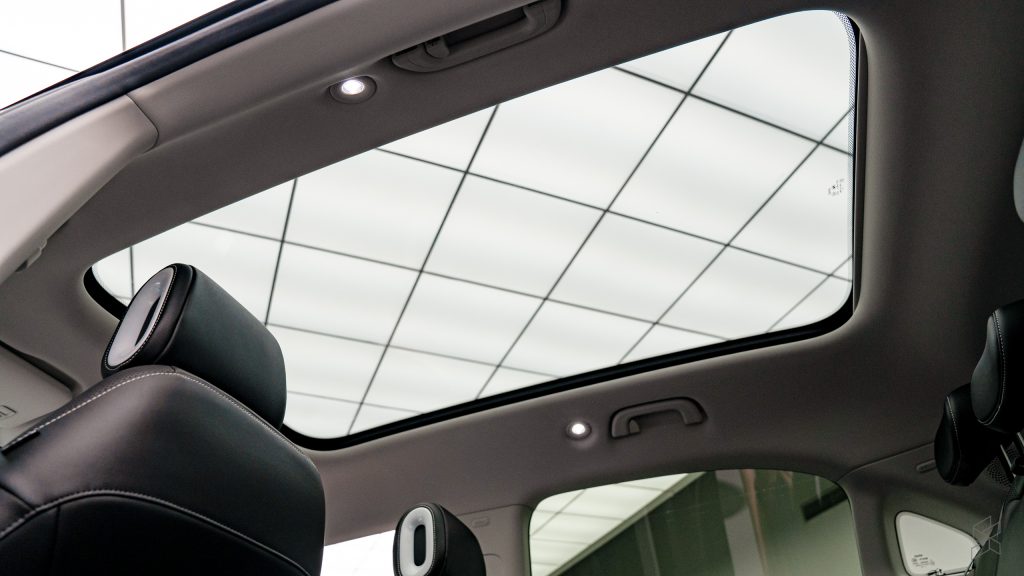
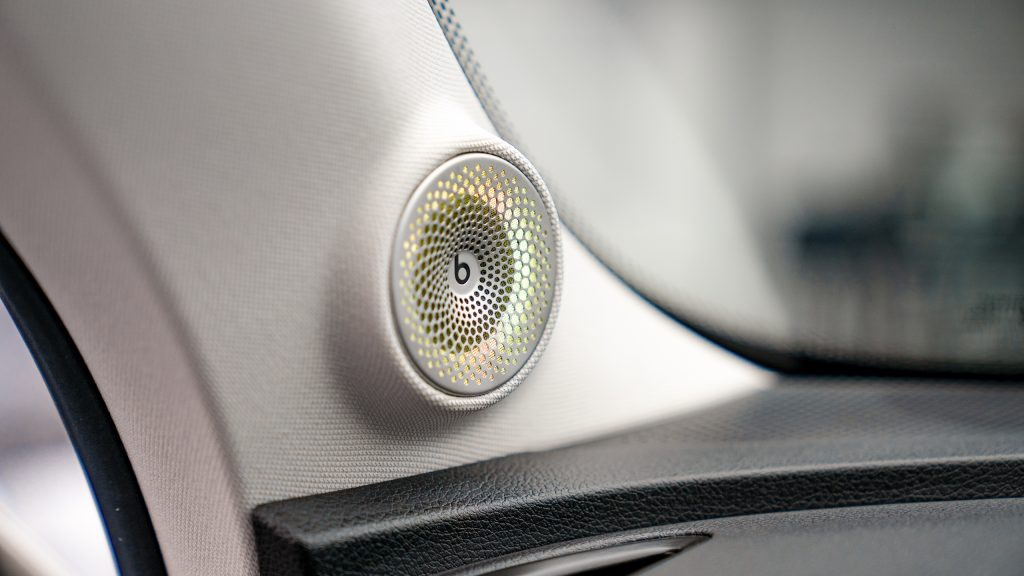
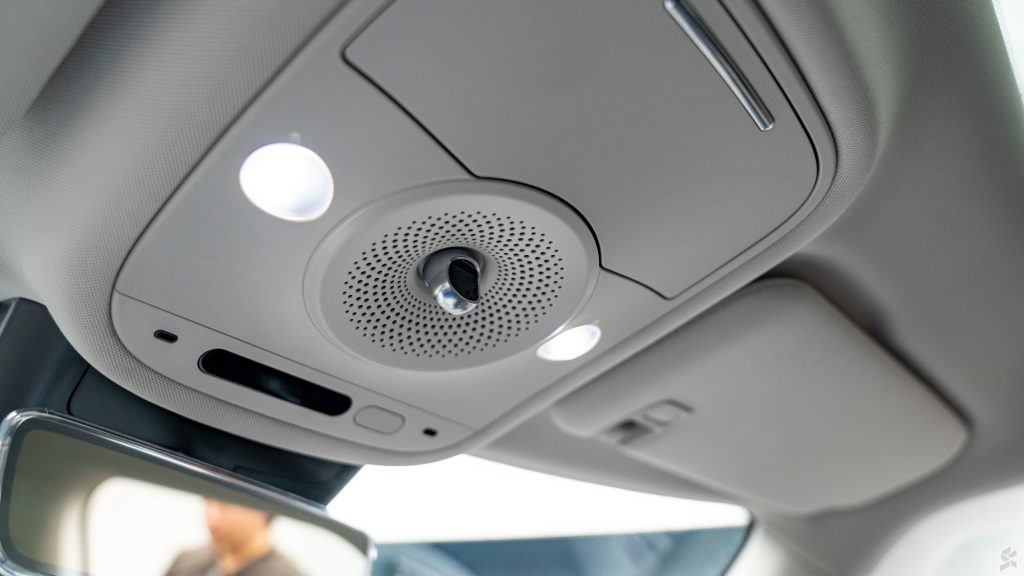
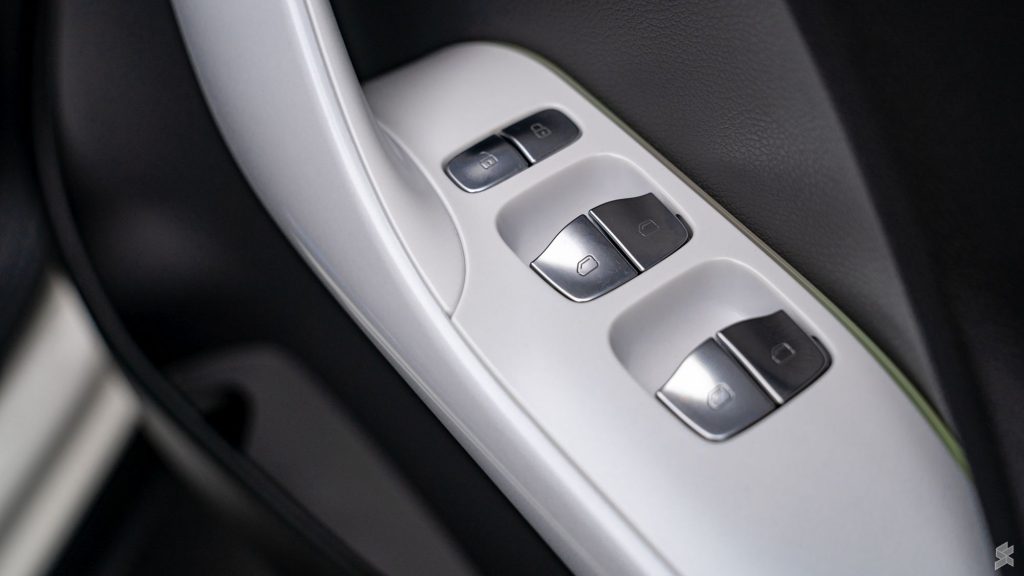
The Premium model is very well equipped, with features such as ten-way power-adjustable front seats with memory, ventilation and easy entry/exit functions, as well as a panoramic glass roof—replete with a powered sunshade that’s becoming a rarity in the segment. But the kicker is the 13-speaker, 640W Beats sound system, which comes with a unique EQ setting, bringing some Apple-owned tech to the car.
Despite being a small car—around the same size as the Ora Good Cat—the #1 offers plenty of space, especially for those at the back. There’s plenty of legroom and the tall roof provides a healthy amount of headroom as well. Rear passengers also get their own air vents, cupholders and a mix of USB-A and USB-C ports.

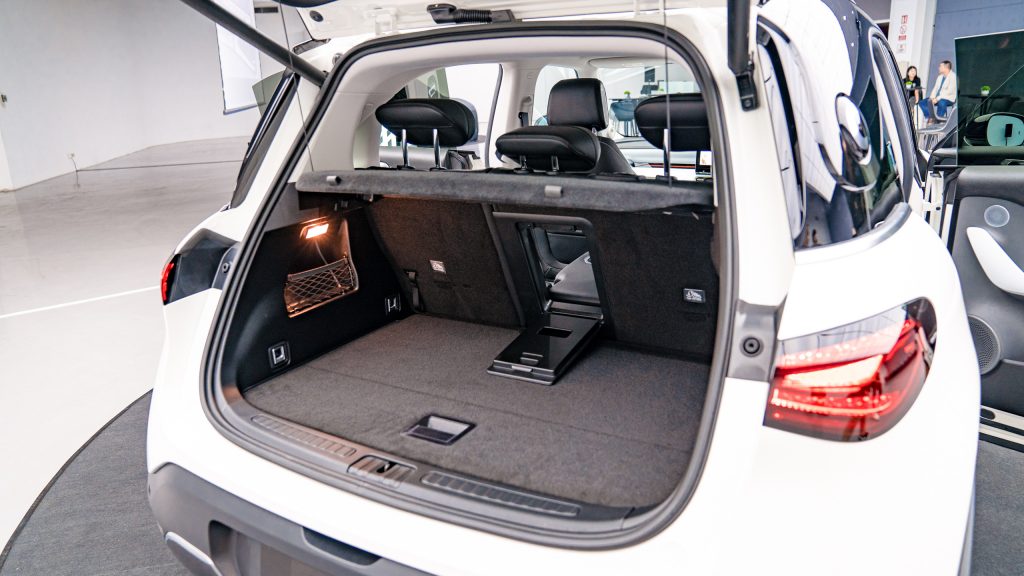
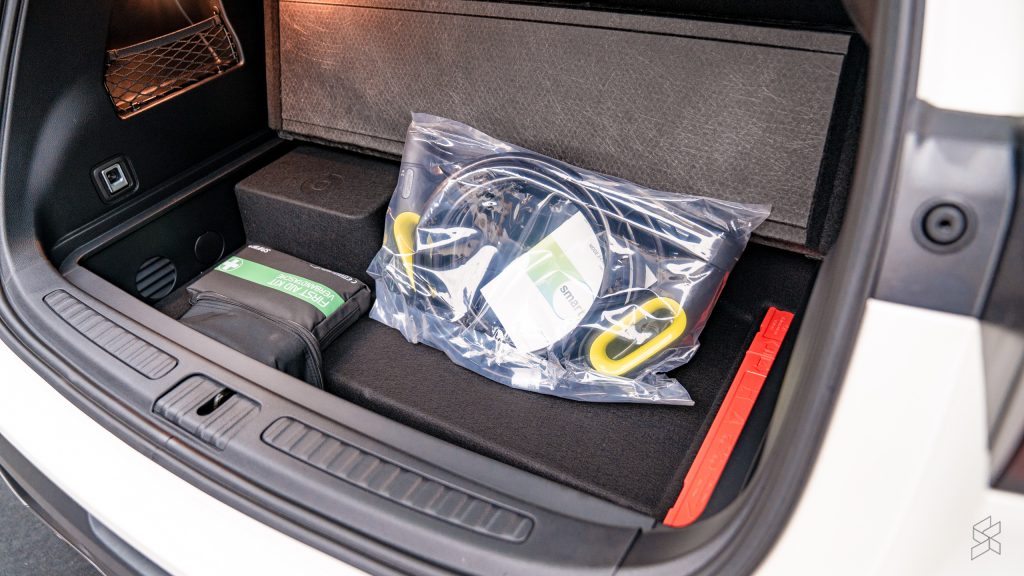
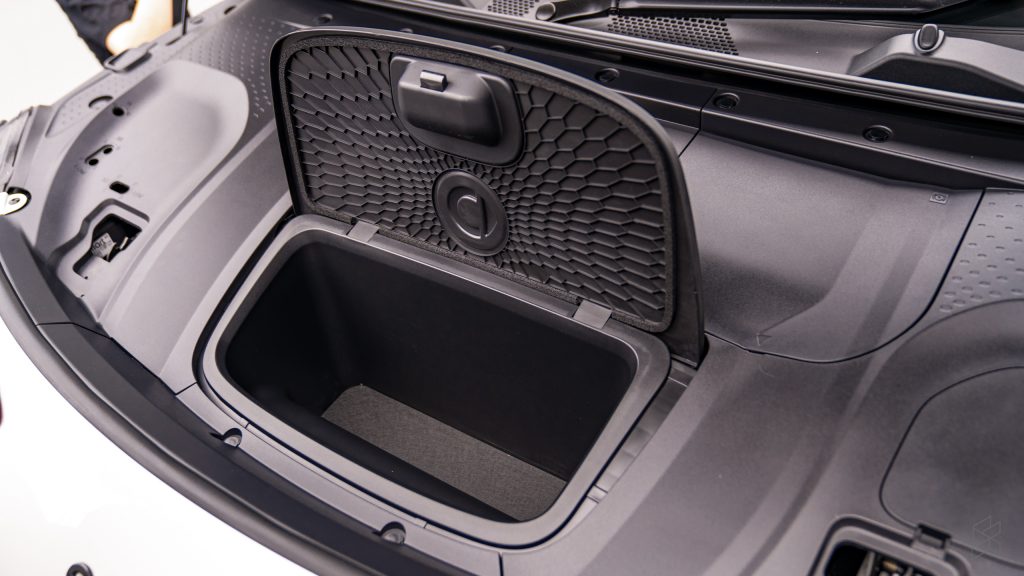
The rear-seat roominess comes at the expense of boot space, which measures just 323 litres with the rear seats up. Fortunately, the #1 comes with sliding and reclining rear seats, meaning that you can slide the seats forward and make them more upright to boost luggage capacity to 411 litres. You also get some underfloor storage for stowing your charging cables, and with the rear seats folded, you get a maximum of 986 litres. There’s also a 15-litre front boot.
Safety-wise, the #1 comes with all the driver assistance features you could want, such as autonomous emergency braking, adaptive cruise control and lane centring assist for Level 2 semi-autonomous driving. You also get lane change assist that—as the name suggests—performs autonomous lane changes, as well as blind spot monitoring, rear cross traffic alert, rear collision warning and adaptive high beam as part of the matrix LED headlights.
Park assist also comes standard and supports parallel, perpendicular and diagonal spots; unlike most other such systems, it uses its array of cameras to detect available parking spots, rather than simply measuring the distance between two parked cars.
Again, we do not have the finalised technical specs of the Malaysian model, but globally the Premium is powered by a single motor at the rear that produces 200kW (268hp) and 343Nm of torque. That’s enough to get it from zero to 100km/h in 6.7 seconds on its way to a top speed of 180km/h. A 66kWh ternary lithium battery provides a range of 440km on the WLTP cycle.
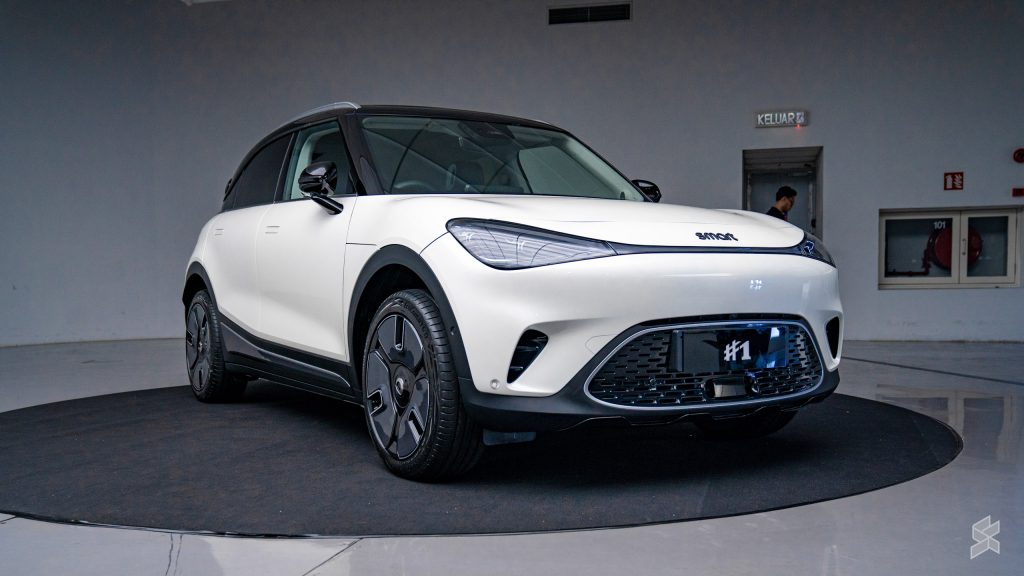
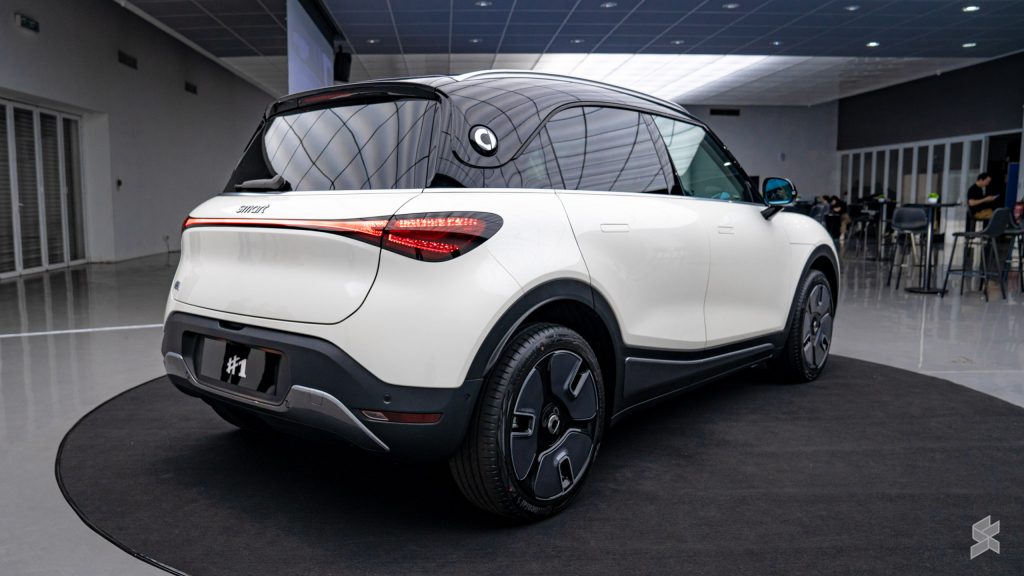
As for charging, the #1 can accept up to 150kW of DC fast charging, filling up the battery from 10 to 80% in under 30 minutes. The car is also one of the few in the market to support up to 22kW of AC charging, which completes the same benchmark in less than three hours.
Aside from the regular #1, Pro-Net also has plans to introduce the sportier Brabus version. This all-wheel-drive model produces 315kW (422hp) and 584Nm of torque, enabling it to complete the century sprint in just 3.9 seconds. With this much performance, the range drops slightly to 400km. Want to know how the Smart #1 drives? Read our first impressions here.

